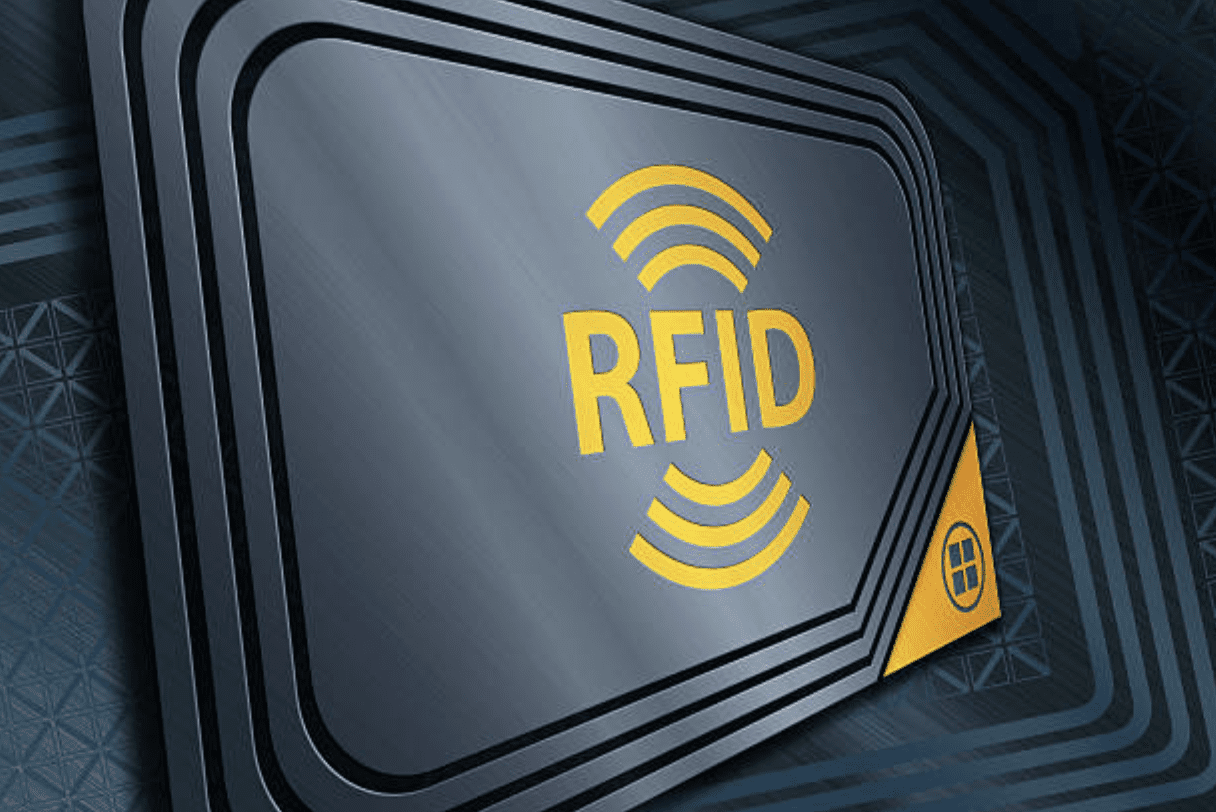In the constantly changing world of managing inventory, there is always a strong emphasis on making things run as smoothly as possible. Businesses of all sizes constantly assess what they are good at and look for ways to get the most out of their current infrastructure, all while still getting ready to use upcoming innovations that can take their efficiency and output to new unforeseen levels.
Operations management needs to do more research and an appropriate return on investment (ROI) analysis than ever before to fully understand how these new developments will affect their business.
Radio-frequency identification (RFID) is a new technology that has gotten a lot of attention because it could change the way inventory management is done, especially when integrated into RFID Warehouse Management Systems.
This article will talk about how RFID tags are used today, including their pros and cons. We will also compare them to barcode labels, which are the most popular way to keep track of assets and manage inventory and understand how to use electronic inventory control systems.
So, what are RFID tags?

To use RFID to keep track of inventory, you need a sensor that relies on radio waves to speak to an RFID tag. The tag itself has a microchip that lets the reader read data from the tag and also send information to the tag so that it can be updated instantaneously. The reader is synchronized to the RFID warehouse management system that keeps track of inventory.
Each tag is protected by a material-like paper or plastic and it can be stuck to many different surfaces to keep track of it. Most RFID tags used to track inventory are passive, which means they do not have batteries and get their power from the signals from the readers.
Active tags are fueled separately and cost more. They are used to track machines like trucks and train cars over long distances.
Why use RFIDs Warehouse Management in your existing system?

Using RFID tags to keep track of inventory has a number of benefits, such as minimizing labor costs and making scanning faster. Here are some ways that RFID tags can help with inventory management.
1. Seeing better and scanning faster.
Seeing as RFID identifiers do not need a “line-of-sight” search like barcode technology, they can be read from a distance, which speeds up the process of taking inventory. They are also able to be read in any direction and give you a better view of your inventory, making it possible to update it more often and scan it in more places.
Custom software solutions by RTS Labs can help you make the best use of your RFID configuration, thus, improving operational efficiency, reducing monitoring costs, and freeing up workers to handle other tasks.
2. Less money is spent on labor.
Labor costs can make up as much as half the cost of running a distribution center. RFID Warehouse Management could help in this area by reducing labor costs. Stock registration, tallying, and shipping validation can all be done quickly and automatically with just a few scans. This means that you do not need a lot of people to do these tasks. All that money saved must be weighed against the cost of investing in an RFID inventory solution, which we will talk about in more detail below.
The custom applications by RTS Labs take care of all of your inventory-keeping needs so that you can focus on more productive activities.
3. Tracking assets that can be returned.
Businesses that use a refundable fleet of assets, like containers and pallets, often have a large amount of capital to protect. Using an RFID Warehouse Management System lets you track these resources throughout the entire supply chain circuit and gives you more information about where your inventory is.
This has the additional advantage of bringing in more money and making it harder to steal from or ignore. At RTS Labs, we also ensure that the interface for this management system follows best user experience practices, and saves you both time and money.
How to use RFIDs in your Warehouse Management Solution?

The main difference between an active RFID inventory system and a passive RFID inventory system is how the tags are powered while the system is running, but the basic workflow in a warehouse is the same for both.
Before being sent to the warehouse, each item or the whole pallet will have an RFID tag, or chip, attached to it. All the important information about the item is stored on this RFID tag. When the shipment gets to its final location, each RFID tag will send this information to readers that have been set up in the warehouse.
From there, information can be changed and sent back to the RFID tags so that it can be retrieved at any time in the future. This lets warehouse workers do things like keep track of assets in real-time and make more complex inventory transactions quickly.
The Bottom Line
Companies that want to switch to an RFID Warehouse Management System need to know exactly what kind of RFID solution they need to ensure they get a good return on their investment. When compared to traditional inventory tracking methods and manual inventory checks, moving towards an RFID Warehouse Management System improves inventory tracking accuracy by more than 10%.
This is especially useful when a very high level of inventory accuracy is needed, for instance, in businesses with stricter delivery times. We hope that this article helped you understand what an RFID Warehouse Management System is and why your warehouse should consider switching to one.
If you are looking for an RFID technology designed to meet the rising demands in your industry, RTS Labs offers cutting-edge software solutions that rapidly improve efficiency and vastly reduce human efforts. You can call or chat with our customer representative today to know more about the solutions we offer.






